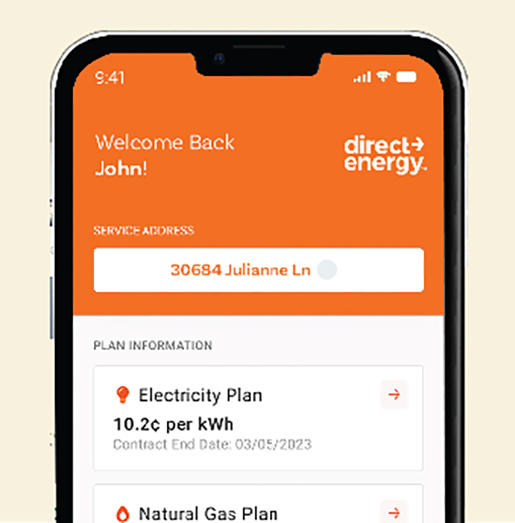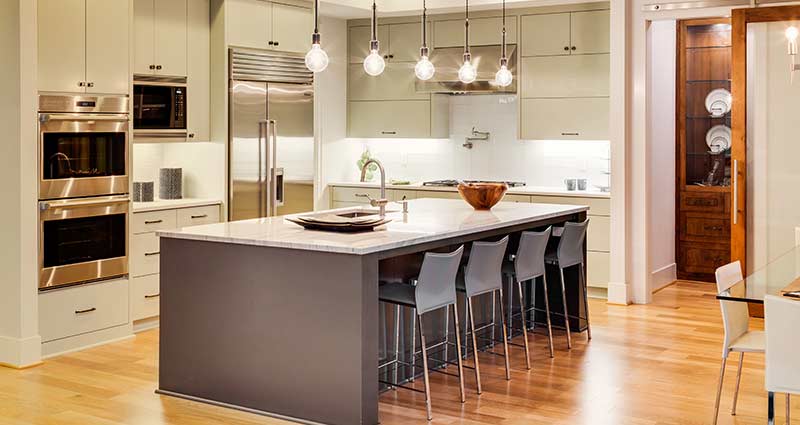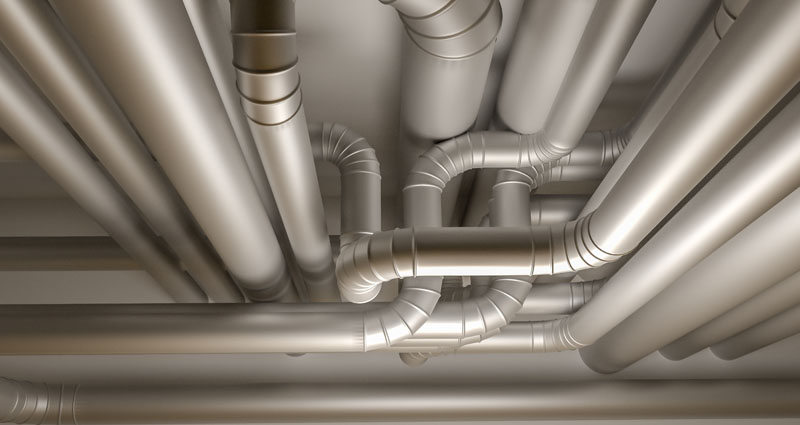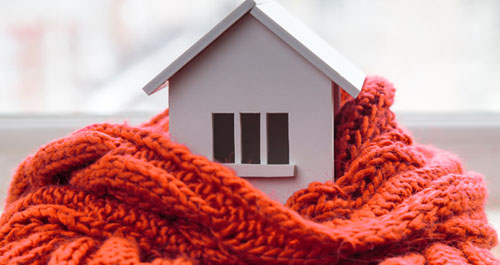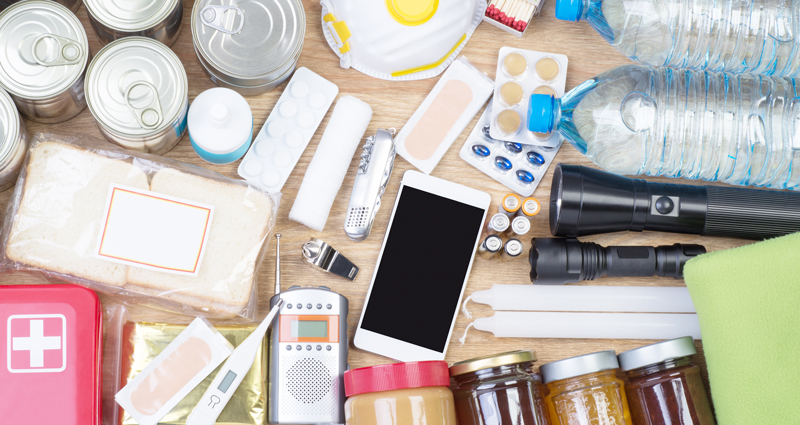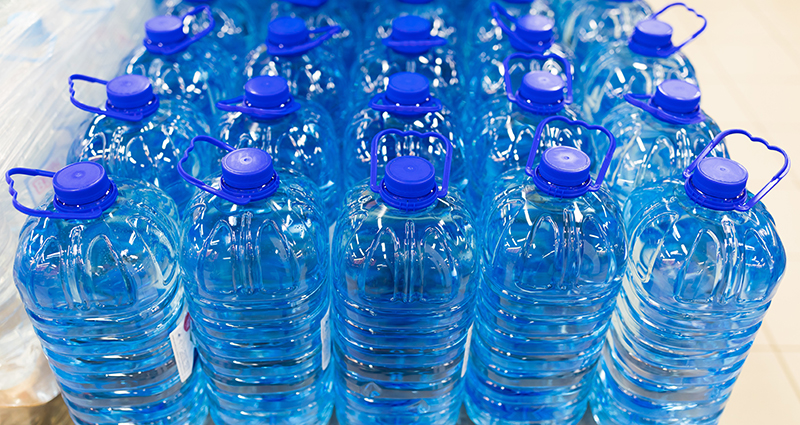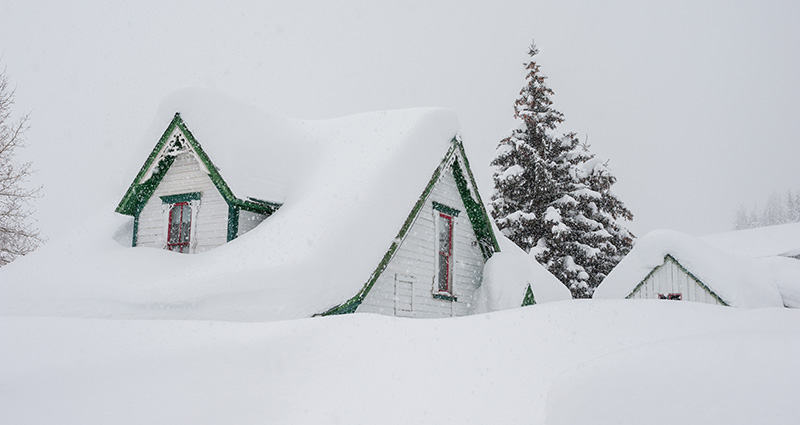Save energy on fans and your air conditioner
Stay cool and efficient by cleaning or replacing your air filters regularly. Additionally, consider installing a timer switch on your bathroom fan so that it runs only when necessary, avoiding unnecessary energy consumption. When using a ceiling fan, make sure it is running counter-clockwise during warmer months to push cool air downward. However, it’s important to remember to turn off your fan when you leave the room. Remember that a ceiling fan cools people, but not the room itself, so leaving a fan on when you're not in the room only wastes electricity.
Another way to save energy in spring is choosing the right air conditioner. Before buying an air conditioning unit or system, find out its energy efficiency ratio (EER). Calculate the EER by dividing the unit's cooling capacity (BTUs/hour) by its energy requirement (watts). An EER of 10 or more is very good, and 6 or 7 is fair. Remember to buy the smallest capacity unit or system that will meet your needs.
Energy-efficiency for doors and windows
Update your windows
If you have older single-paned windows, your home may not be well-insulated against the spring and summer heat. A simple fix would be to replace those windows with new, double-paned windows that are much more energy-efficient and have an Energy Star label.
Seal air leaks
If replacing windows is not an option for you, you can add caulking or weather stripping to reduce air leakage. Determine where the leaks are by inspecting windows and doors to feel any air coming through. Once leaks are located, apply caulk to fill in the gaps.
Install curtains or shades
One excellent spring energy tip is investing in some insulated, thermal-backed drapes for your windows. These drapes are designed with a special lining that helps to block out sunlight and reduce heat transfer. Keeping them closed during the hottest part of the day will help block out the sun and keep your room cooler.
Keep door tracks clean
Does your home have a sliding glass door? Make sure to keep its track clean. A dirty track can interfere with the door’s seal, allowing outside air to enter and conditioned air to escape. Regular cleaning can help maintain an airtight seal, ensuring your home remains energy-efficient in spring.
Attic energy efficiency
Some spring energy tips for the attic include installing ventilation, adding insulation, and sealing air leaks. An attic ventilating system keeps hot air from crowding your attic and seeping into your home below. Consider installing attic vents and fans, or keep your existing ones free of debris. Next, adding insulation helps save energy because it acts as a barrier that keeps heat in during the winter and out during the summer. Finally, to maximize the efficiency of insulation, it's best to seal your attic to prevent air leaks first. You can do this by caulking, sealing and weather stripping all seams, cracks, and openings to the outside.
Energy-saving tips for lighting and electronics
An easy and effective way to improve your home’s energy efficiency is by updating your lighting. Replace all your old incandescent light bulbs with LED bulbs. They use less energy and last longer - saving you money on your electricity bills now and in your replacement budget later. Remember to turn the lights out when you're done!
Another crucial step is to unplug or completely shut off electronics when you're not using them. Contrary to what you might expect, even in standby mode, those items still consume electricity unless they are completely shut off.
Energy efficiency in the kitchen
Maintaining your home appliances is key to improving energy efficiency. Start by cleaning your refrigerator’s condenser coils, which can become clogged when dust and pet hair build up, making the motor work harder and use more electricity. As part of your spring-cleaning routine, make sure the coils are cleaned and air can circulate freely. Additionally check the seals on your refrigerator door to make sure they are clean and tight. If your seals are old or dirty, they could be letting refrigerated air out and room-temperature air in, causing your fridge to work harder and use more energy.
In the kitchen, consider using pressure cookers or a microwave oven instead of the stove to use less energy and avoid heating up your home. If you do use the oven, try to cook several items at the same time and avoid opening the door unnecessarily to keep the heat in. When using your dishwasher, only run a full load, but be sure it's not overloaded. Let your dishes air dry by turning off the heated dry or turning off the dishwasher after the final rinse and opening the door to let the moisture escape.
Some final spring energy savings tips for the kitchen include allowing foods to partially cool before putting them in the refrigerator as it takes more energy to cool hot food and looking for the ENERGY STAR® label when shopping for appliances and electronics. These products are more efficient and can help reduce your energy costs.
Energy-efficient garage and basement
Improving the energy efficiency of your home in spring can start with your garage door. The garage can be one of the largest culprits of air loss in your home. One of the easiest ways to help prevent this loss is to add weather stripping to the bottom of the garage door and the door leading from the garage into your home. This prevents outside air from coming in and air-conditioned air from escaping, and as a bonus, it acts as a cushion for the garage door, which cuts down on noise when closed. If you feel a breeze on the sides of the garage door, this is a clue you need to add weather-stripping tape to seal the leaks.
You might also consider the impact of your garage refrigerator. Many people have a frdige or freezer in the garage for extra storage. This becomes a problem if you live in an area that has extreme high temperatures. Keeping the fridge/freezer at the proper temperature in extremely hot weather causes it to work harder. This is tough on the appliance and it uses more energy, which costs you more money. So, if you are set on having another fridge or freezer in your garage, think about replacing it with a model that is built "garage-friendly" and can withstand extreme temperatures.
If you have an unfinished basement or crawlspace, check for air leaks by looking for spider webs. If there's a web, there's a draft. One solution is to insulate your basement. A large amount of heat can also be lost from an uninsulated basement. Check your basement to make sure it's adequately keeping cool air in and hot air out.



























